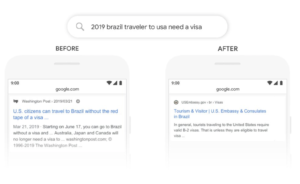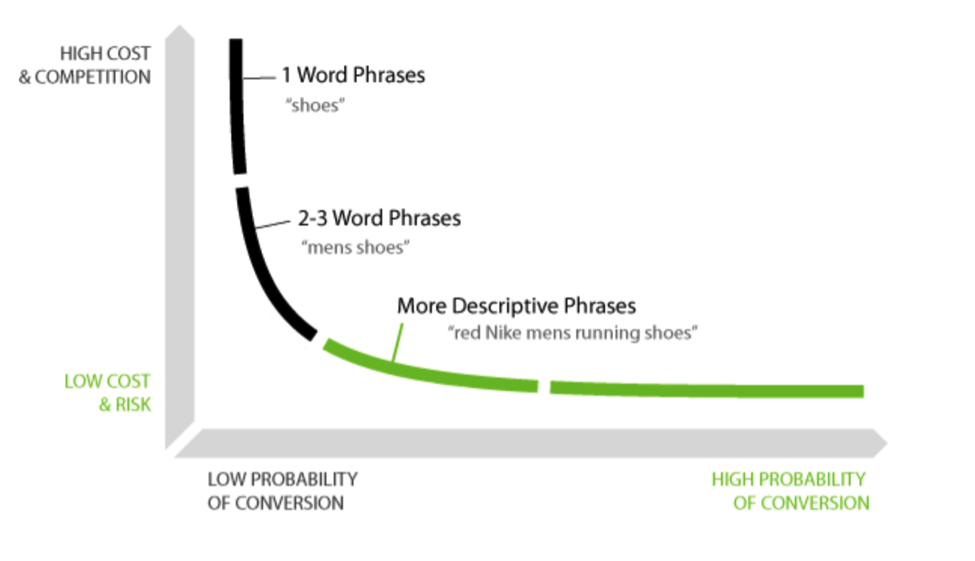
How to stay ahead of Google’s ever-changing SEO algorithms
SEO is a dynamic field, mainly because search engines evolve regularly with new algorithm updates. To keep up with these changes — and, in fact, stay ahead of the updates — you also need to adapt and evolve.
More importantly, you need to have a few guiding principles to ensure that your website and SEO strategy are built on a solid foundation that won’t be affected by an unexpected algorithm change.
In this blog post, we are going to discuss a few actionable tips and ideas to help you stay ahead of the curve.
1. Produce high-quality content
The algorithm updates and changes almost always have no effect on a website that regularly produces high-quality content.
That is the core foundation of a sustainable and long-term SEO strategy that would be immune to most bumps on the road.
But what do we mean by “high-quality content”? Although it is a broad term — and definitions may vary for different types of audiences and niches — high-quality content generally has the following qualities:
- It is relevant.
- It is in-depth, useful, and informative.
- At the same time, it is also engaging and captivating, which leads to better user experience and engagement metrics.
- Generally, it is long-form content, but it is not always a necessity.
2. Focusing on user intent, instead of specific keyword phrases
A big part of SEO is keyword-driven, but this practice is apparently changing as search engines get smarter and better at understanding search queries.
Keywords may become less and less important in the future, but “user intent” will never lose its importance. That’s why if you want to future-proof your content and website against sudden and unexpected Google algorithm changes, focus on user intent, instead of focusing on specific keywords and keyword phrases to include in your blog posts.
The introduction of Google BERT is a shining example of this pivot.
According to Google, “Unlike recent language representation models, BERT is designed to pre-train deep bidirectional representations from unlabeled text by jointly conditioning on both left and right context in all layers.
As a result, the pre-trained BERT model can be fine-tuned with just one additional output layer to create state-of-the-art models for a wide range of tasks, such as question answering and language inference, without substantial task-specific architecture modifications.”
In simple words, Google BERT does not need to rely on exact keyword matches to trigger a search result. And it has made Google more capable in natural language processing and understanding the intent behind a search query.
Here is an example:
Therefore, do not always focus on exact keyword matches or including a specific keyword phrase in your content. Instead, think of your audience and the problems they are trying to solve. Then create relevant content that would help them with the right information.
3. Understand the different query types
To successfully tackle the “intent” part, you will need to understand the different types of search queries. This will allow you to create the right type of content for each stage of the buyer journey.
- Informational queries rely on top-of-the-funnel content and often use keywords, such as how-to, where, what, how, best, etc.
- Transactional queries, on the other hand, are supposed to trigger money-generating pages in the SERPs and may use keywords, such as buy, cheap, discount, etc.
4. Revisit old and outdated content
Some of the older web pages on your website may not be following the most up-to-date SEO practices. Therefore, it is recommended to regularly revisit old content and outdated pages and update them.
In short, update your old content with new information and modern SEO and editorial policies. Irrelevant pages should be deleted, and URLs should be 301-redirected.
5. Focus on user experience
User experience is already a big talking point in modern-day SEO, and it will continue to gain greater importance in the near future.
If your website offers a good user experience, it will be more future-proof against algorithm updates.
A good user experience usually covers at least the following aspects:
- A robust internal linking structure.
- A fast loading site that takes less than 1-2 seconds to load completely.
- An intuitive website navigation structure
- A good, user-friendly website design that leads to higher engagement metrics, such as dwell time, average on-page time, lower bounce rate, etc.
Conclusion
Sudden algorithm changes may seem daunting, but they really are not if you follow the best SEO practices — the ones we mentioned in this blog post.
Prioritise the right things, and most likely, you won’t have to worry about most search engine algorithm updates.









